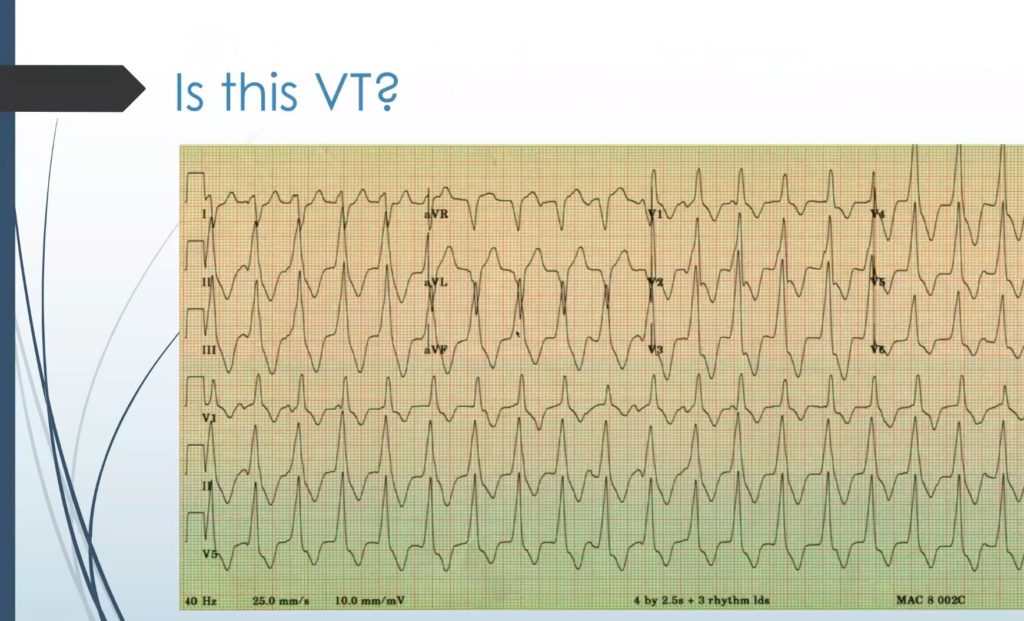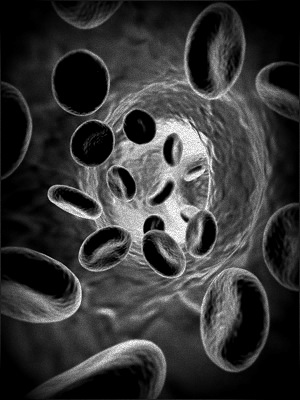The use of blood components in the ICU is commonplace, which is why Dr. Nathan Nielsen has dedicated his professional career to making sure young intensivists know what they are doing when deciding amongst the menu of therapies offered by the blood bank. Originally trained in critical care medicine, Dr. Nielsen went on to receive a second fellowship in transfusion medicine. In this critical care core content series lecture, you will be taken through concepts behind the use of packed RBCs, FFP, platelets, and cryoprecipitate therapy, appropriate dosing, and the potential consequences of using each of these therapies in the critically ill patient.
Packed Red Blood Cells
- Dose: 1 unit at a time! (unless actively bleeding)
- Volume: approximately 300 mL/unit
- Effect: 1 unit (Hct 55-60%) should increase the patient’s Hct by 3% (Hgb by 1 g/dL)
- Special types: leukoreduced (most PRBC units), irradiated (inactivates WBCs)
Fresh Frozen Plasma
- Dose: 15 mL/kg usually required to clinically impact coagulopathy (4+ units!!!), especially for patients on VKAs and with liver disease
- Volume: 200 – 250 mL/unit
- Effect:
- 1 unit of FFP will increase coagulation factors by 2-5%
- 4 units of FFP will increase factors by ~10%
Platelets
- Dose: 1 unit of apheresis, single-donor platelets most commonly used. The “six pack” is an older terminology used for pooled multi-donor platelets (not commonly used anymore)
- Volume: 300 mL/unit
- Effect: Should increase platelet count by about 30,000/microL
Cryoprecipitate
- Traditional Indications: Actively bleeding patient with a fibrinogen < 100 mg/dL
- Dose: 1 pool (about 10 units)
- Volume: 100 – 200 mL
- Effect: Increases fibrinogen by 45 – 85 mg/dL (Also contains factor VIII, vWF, facto XIII, & fibronectin)
Special preparations
- Irradiated products: Inactivates WBC’s to prevent transfusion related GVHD
- Washed products: Can ONLY be done on cellular products (RBCs, Platelets). Used to reduce K+, prevent transfusion reactions in IGA deficient patients.
Additional considerations – Evidence is lacking!
- Platelet count recommendations
- Out-patient prophylaxis in coagulopathic patients: 20k?
- Prior to low-risk procedures: 30K
- Lumbar puncture falls into this category – 20 – 30K probably ok!!
- Major hemorrhage: 50K
- Neurosurgical patients: 100K
- Plasma recommendations
- If the patient is not bleeding – DON’T GIVE IT!
- Duration of effect: round 6 hours, possibly shorter. So be smart about the timing!!
Suggested Readings
- Abdel-wahab OI, Healy B, Dzik WH. Effect of fresh-frozen plasma transfusion on prothrombin time and bleeding in patients with mild coagulation abnormalities. Transfusion. 2006;46(8):1279-85. [PubMed]
- Hébert PC, Wells G, Blajchman MA, et al. A multicenter, randomized, controlled clinical trial of transfusion requirements in critical care. Transfusion Requirements in Critical Care Investigators, Canadian Critical Care Trials Group. N Engl J Med. 1999;340(6):409-17. [PubMed]
- Müller MC, Arbous MS, Spoelstra-de man AM, et al. Transfusion of fresh-frozen plasma in critically ill patients with a coagulopathy before invasive procedures: a randomized clinical trial. Transfusion. 2014. [PubMed]
- Tsai AG, Cabrales P, Intaglietta M. Microvascular perfusion upon exchange transfusion with stored red blood cells in normovolemic anemic conditions. Transfusion. 2004;44(11):1626-34. [PubMed]



